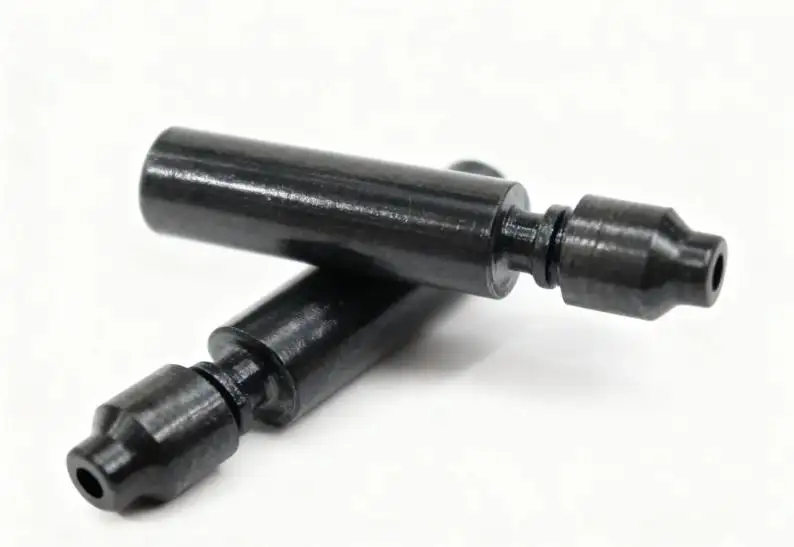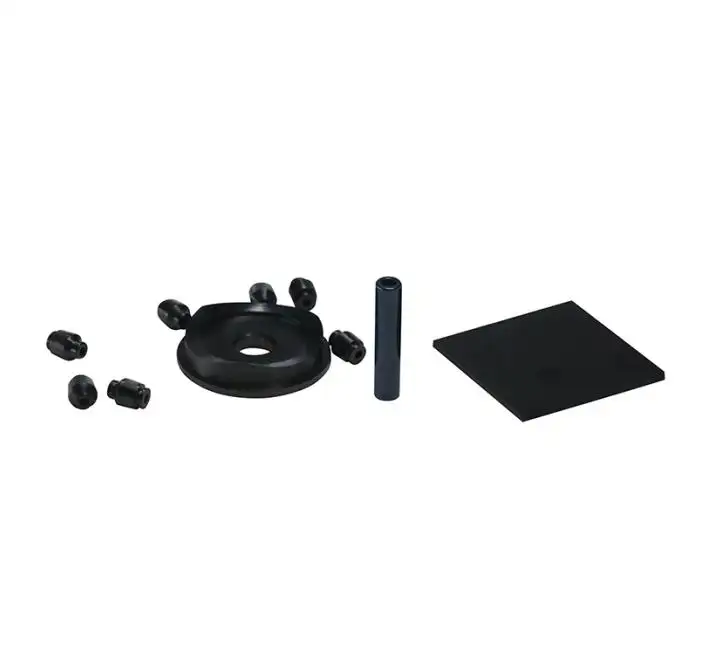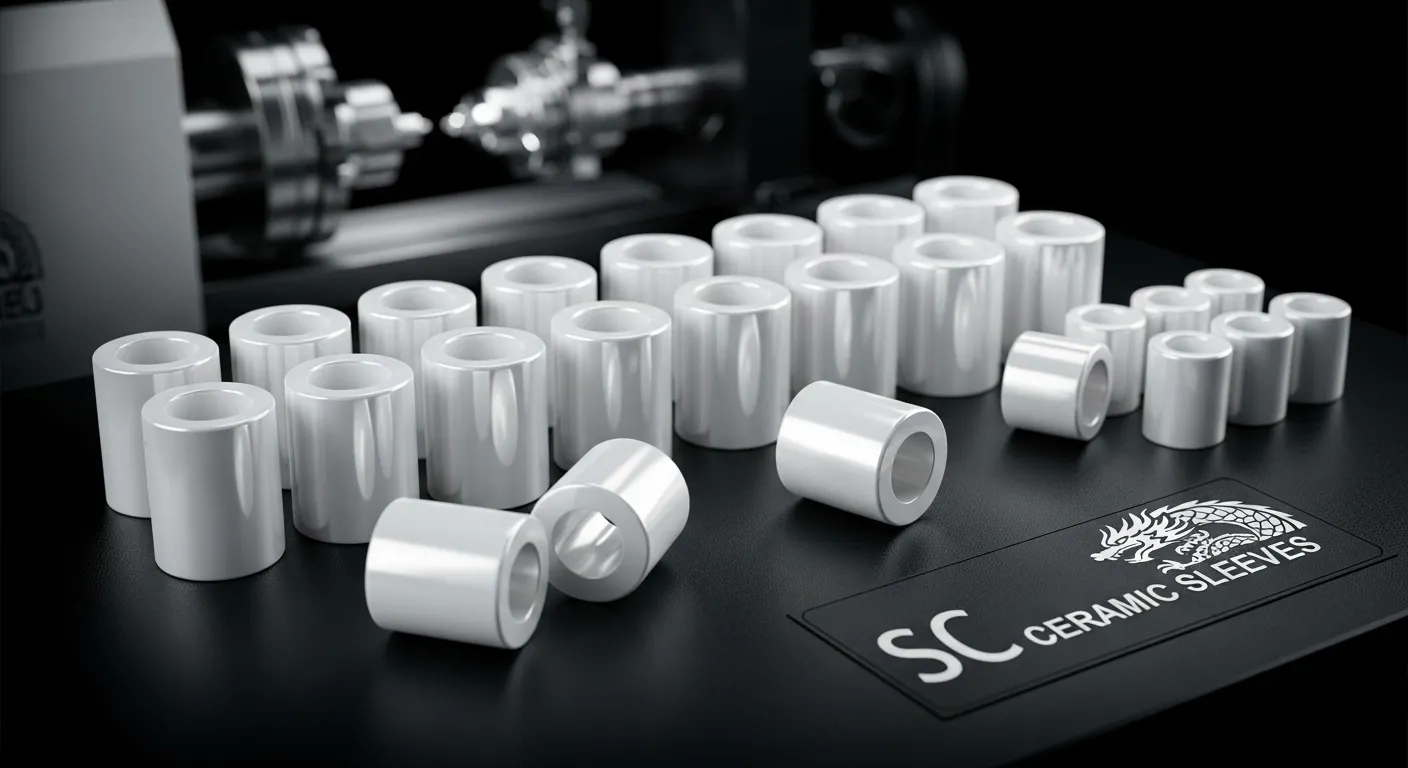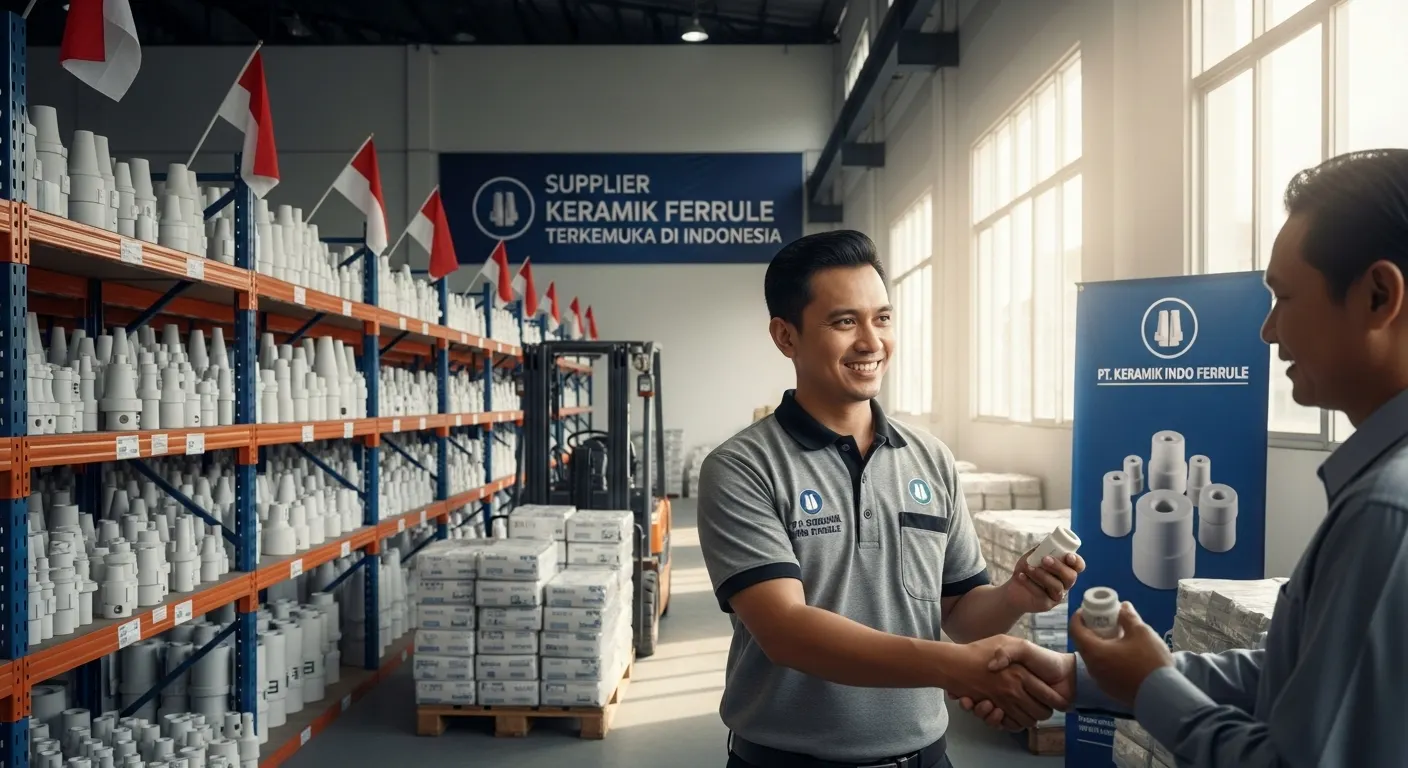Why Precision Ceramic Components Outperform Metals in Tight-Tolerance Designs
Precision Ceramic Components are engineered parts made from advanced ceramics like zirconia. They are hard, stable, and resistant to wear and corrosion. They keep shape under heat and stress. They appear as tubes, plates, rings, or custom shapes. Designers use them when accuracy must last. Metals often struggle as tolerances tighten and cycles increase. Ceramics hold their size and finish. But why do they outperform metals in these demanding fits? And what trade-offs should you expect? Let's explore the real reasons behind the advantage.

The Real-World Pain Points Metals Can't Solve
Designers often begin with metal because it is familiar. But as assemblies get smaller and tolerances get tighter, metal's weaknesses show up fast. Thermal expansion shifts dimensions during operation. Micro-wear grows clearance over time. Corrosion erodes surfaces and forces costly coating steps. And in visible components, scratches and color mismatch weaken the product story. These issues compound in high-cycle equipment, precision optics, and compact consumer devices.
Ceramics - especially zirconia - attack these pain points at the root. Zirconia's stiffness and hardness limit elastic and plastic deformation that would cause drift in metal parts. Its chemical stability resists attack that coatings only delay. And because it is an electrical insulator and magnetically neutral, zirconia prevents the subtle signal noise or magnetic interference that can derail sensitive devices. In short, the material itself does the work, so you can simplify assemblies, remove secondary processes, and keep tolerances in spec for longer.
At UPCERA, we see three triggers that usually prompt a switch:
- Tolerance creep under heat load that pushes metal parts out of spec during operation.
- Accelerated wear at sliding interfaces where lube film is thin or intermittent.
- Aesthetic and corrosion requirements that make coating stacks or exotic alloys uneconomical.
What Makes UPCERA's Precision Ceramic Components Different
UPCERA focuses on zirconium dioxide (ZrO₂), engineered for strength, fracture toughness, and finish. Our black zirconia ceramic parts add a premium, low-reflective aesthetic without sacrificing core properties. The color comes from tailored stabilizers and process control, not surface paint, so it will not chip or fade. This matters in medical tools, luxury electronics, and optical housings where function and look are both mission-critical.
Black Zirconia At A Glance
We machine and polish tubes, plates, rings, and complex custom forms that integrate directly into your assemblies. The surface can be exceptionally smooth for tight seals and low friction, and the deep black reduces glare in optical paths and branded consumer products. Unlike coated metals, the appearance is built into the material - so it endures handling, sterilization, and repeated cleaning.
- Premium Surface Finish: surface roughness as low as Ra 0.02–0.2 μm for smooth motion and seal integrity.
- Wear & Corrosion Resistance: keeps dimensions stable in abrasive or chemically aggressive settings.
- Electrical Insulation & Magnetic Neutrality: ideal for sensors, medical devices, and precision electronics.
Proven Tolerances For Tight Fits
Tight-tolerance design depends on roundness, straightness, and concentricity - not just nominal size. UPCERA controls form to keep assemblies aligned and repeatable:
- Roundness/Concentricity: typically held to 0.002 mm, supporting consistent rotation and sealing.
- Minimum Wall Thickness: down to 0.1 mm, enabling compact, lightweight structures.
- Scalable Envelope: lengths up to 300 mm and outer diameters up to 150 mm for larger fixtures or guides.
These capabilities let you consolidate parts, shorten stack-ups, and achieve the same (or better) function with fewer components. For teams chasing microns, fewer interfaces mean fewer variables.
CTA: Ready to replace a metal part that keeps slipping out of tolerance? Talk to UPCERA's engineering team today to review drawings and get rapid manufacturability feedback.

Where They Win In Tight-Tolerance Designs
Tight tolerance is not a spec table - it's a promise that survives real-world use. Black zirconia Precision Ceramic Components keep that promise across industries:
- Precision Machinery: stable fits, less wear, longer service life.
- Medical Devices: clean aesthetics, biocompatibility, repeatable sterilization performance.
- Electronics: insulation, magnetic neutrality, heat resistance for tight PCB and sensor packaging.
- Optics & Lasers: reduced glare, robust alignment in harsh environments.
- Automotive & Aerospace: thermal and chemical stability where metals soften or corrode.
Choosing ceramics is also a business decision. With metals, you often pay for coatings, heat treatments, and frequent maintenance. With UPCERA ceramics, you invest up front to avoid those recurring costs. The result is a lower total cost of ownership, fewer tolerance escapes, and fewer emergency line stops.
CTA: If your current metal component struggles with heat, wear, or cosmetic defects, request a sample and a DFM consultation from UPCERA. We'll compare stack-ups, estimate tolerance drift, and show where ceramics can simplify the build.
At UPCERA, our mission is simple: help engineers hit their numbers - every shift, every cycle. When tolerances are tight and failure is not an option, Precision Ceramic Components made from black zirconia provide the mechanical strength, fracture toughness, smooth finish, and aesthetic advantage that metals can't match. Contact UPCERA to evaluate your drawings and accelerate your next design refresh.
- PREV: How Advanced Ceramic Valve Disc Solves Abrasion Problems
- NEXT: Null
 English
English 中文
中文





